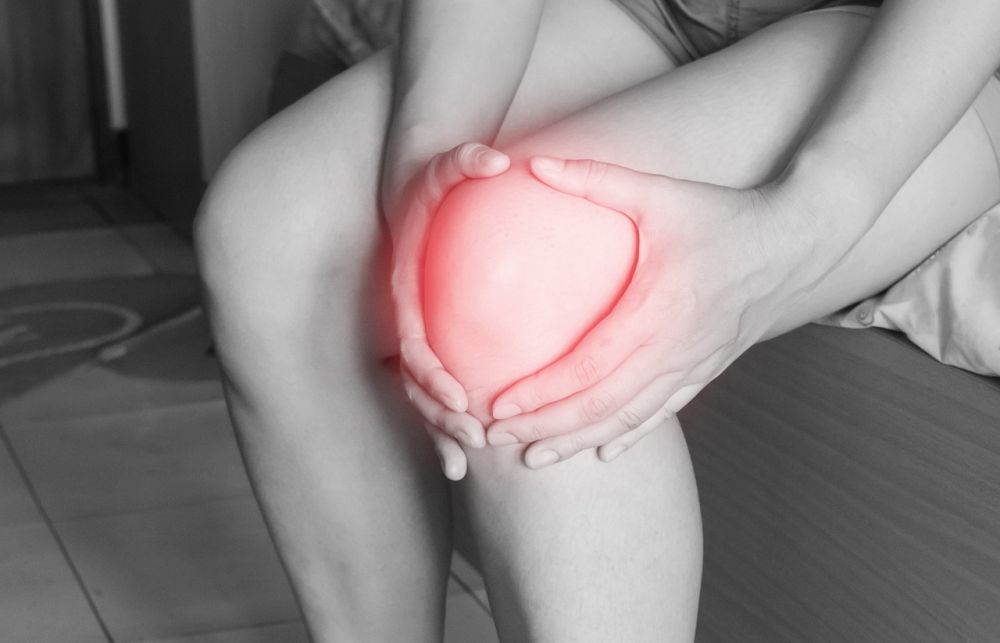Hypopressive Training: A Comprehensive Guide to This Innovative Exercise Technique

Introduction ()
In today’s fast-paced world, maintaining a healthy lifestyle is of utmost importance. People are constantly looking for effective and efficient ways to stay fit and improve their overall well-being. One exercise technique that has gained a lot of attention in recent years is hypopressive training. In this article, we will provide a deep dive into hypopressive training, discussing its various types, popular practices, quantitative measurements, differences between different techniques, and a historical analysis of its benefits and drawbacks.
Overview of Hypopressive Training

Hypopressive training, also known as hypopressive gymnastics or hypopressive abdominal gymnastics, is a low-pressure exercise method that focuses on improving core strength, posture, and breathing. It was developed in the 1980s by a Belgian doctor named Marcel Caufriez, who observed that traditional exercises like crunches and sit-ups could actually increase intra-abdominal pressure and worsen pelvic floor issues. Hypopressive training aims to decrease intra-abdominal pressure while activating the deep muscles of the abdomen, including the transversus abdominis, pelvic floor, and diaphragm.
Comprehensive Presentation of Hypopressive Training
Hypopressive training consists of a series of specific postures and breathing techniques that engage the core muscles while minimizing the pressure on the pelvic floor. There are several types of hypopressive exercises, including standing postures, seated exercises, and dynamic movements. Each type has its own benefits and variations. Some popular hypopressive techniques include the Low Pressure Fitness Method, Hypopressive exercises developed by Marcel Caufriez, and the Hypopressive-Training by Tamara Di Tella.
Quantitative Measurements of Hypopressive Training
When it comes to measuring the effectiveness of hypopressive training, researchers have utilized various quantitative assessments. One common measurement is pelvic floor muscle strength, which can be evaluated through electromyography (EMG) or dynamometry. Another aspect to measure is the reduction of intra-abdominal pressure, which can be quantified using manometry. Studies have shown positive effects of hypopressive training on pelvic floor muscle strength and reduction of intra-abdominal pressure, making it a promising exercise technique for individuals with pelvic floor dysfunction or abdominal weakness.
Discussion on the Differences Between Hypopressive Training Techniques
While all hypopressive training techniques share the common goal of reducing intra-abdominal pressure and strengthening the core muscles, there are some differences that set them apart. For example, the Low Pressure Fitness Method primarily focuses on synchronized breathing patterns and controlled movements, whereas Hypopressive Training by Tamara Di Tella incorporates dynamic exercises and movements. Understanding these differences can help individuals choose the technique that best suits their specific needs and goals.
Historical Overview of the Benefits and Drawbacks of Hypopressive Training
Over the years, hypopressive training has garnered attention for its potential benefits, such as improved core strength, reduced back pain, enhanced posture, and better pelvic floor health. Additionally, it is considered a safe exercise option for individuals with pelvic floor dysfunction, as it helps alleviate pressure on the pelvic region. However, critics argue that the lack of standardized training protocols and limited scientific evidence are drawbacks of this technique. Despite this, hypopressive training continues to gain popularity and show promising results, paving the way for further research and development in this field.
Conclusion
Hypopressive training offers a unique and innovative approach to core strength and pelvic floor health. With different types and variations available, individuals can choose the technique that aligns with their goals and preferences. The quantitative measurements conducted on hypopressive training further support its effectiveness and potential benefits. However, additional research and standardized training protocols are needed to consolidate its place as a mainstream exercise technique. Regardless, hypopressive training presents a valuable option for those seeking to improve their overall well-being and maintain a healthy lifestyle.





